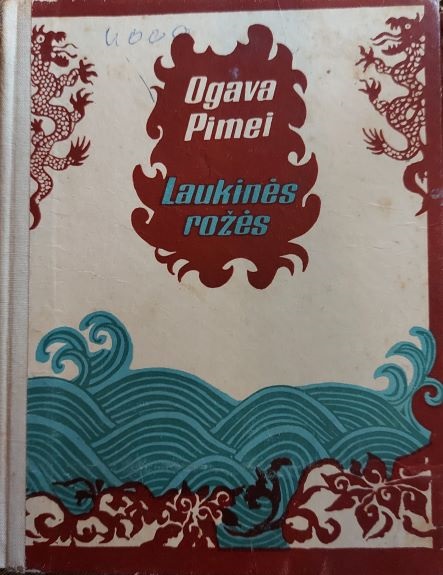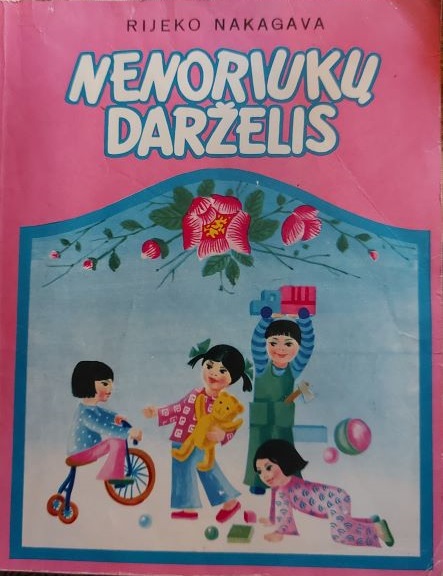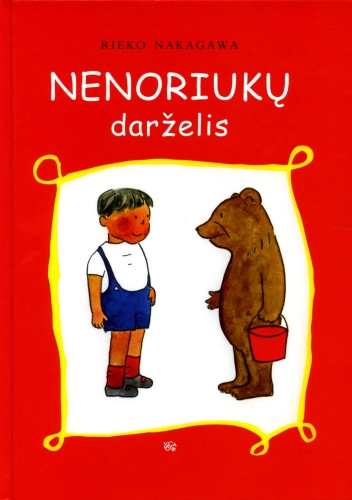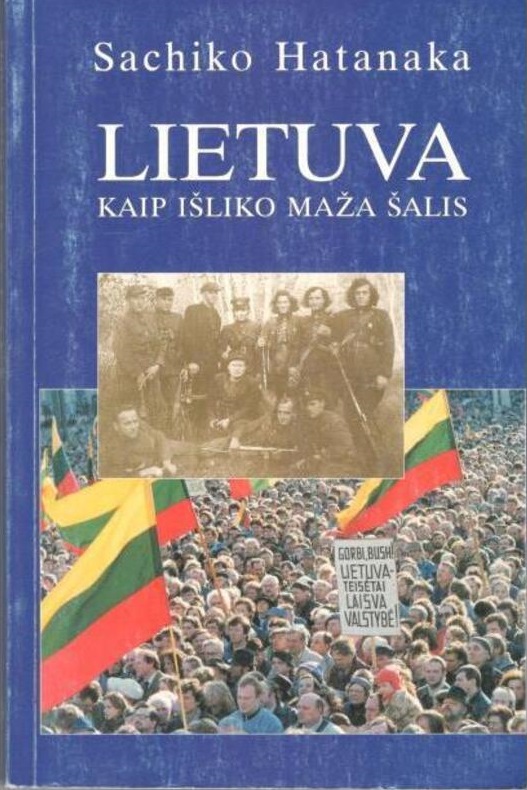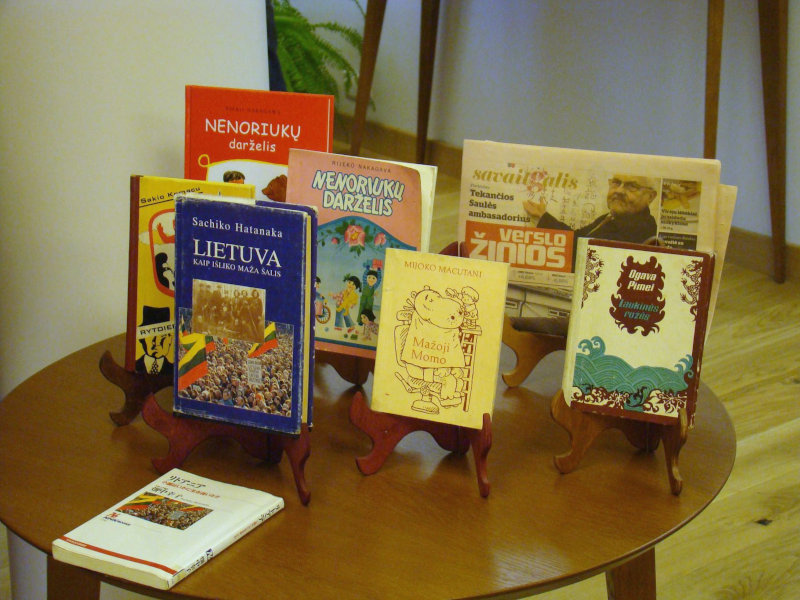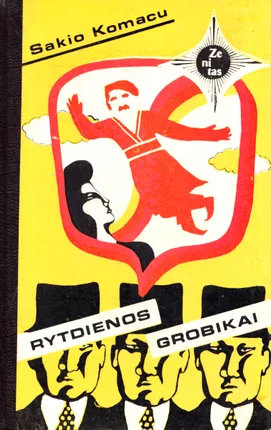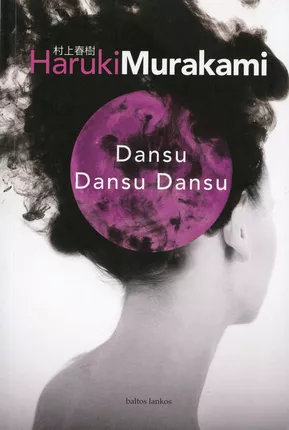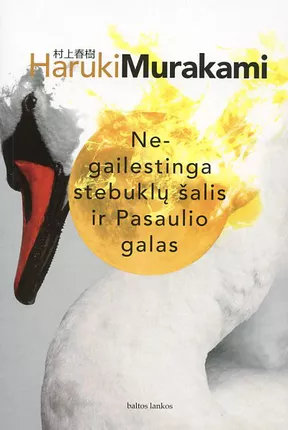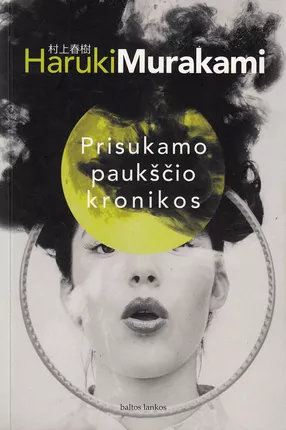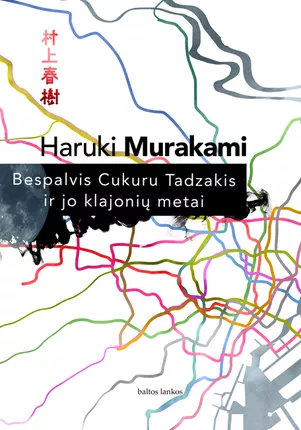Translations of Japanese literature
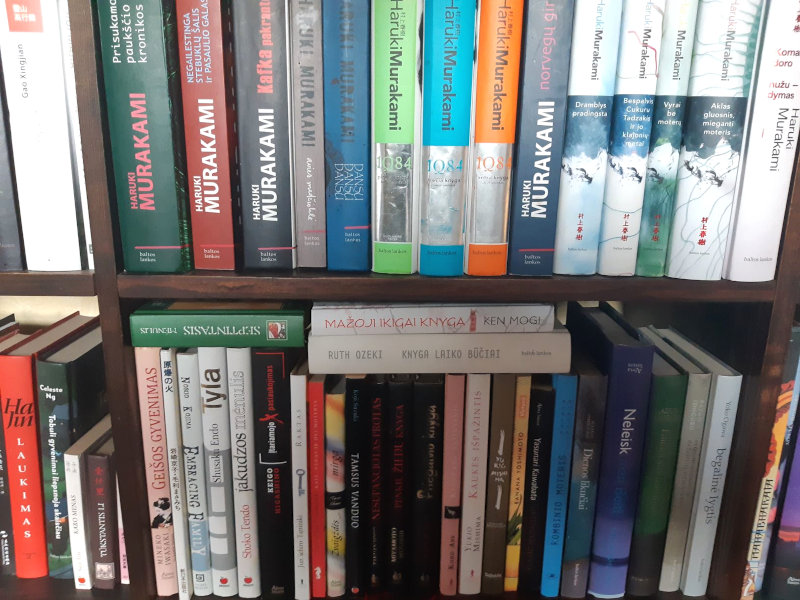
(Azija LT archive)
Translated Japanese literature has always been one of the most important ways to learn about the Japanese culture in Lithuania. Although several translations of fiction appeared at the beginning of the 20th century, most translated books were published starting with the 1960s. Initially, there were no Lithuanians who knew the Japanese language. Thus, translators often translated Japanese literature via other languages, mainly Russian. However, gradually a new generation of translators, who knew Japanese, grew up. The first representative of this generation was Arvydas Ališauskas.
In the 21st century, there are many translators who translate texts directly from Japanese to Lithuanian. Due to their work, Lithuanian readers became better acquainted with classical and contemporary writers of Japan.
Translations until 1990
According to Romualdas Neimantas, Saliamonas Banaitis, a publisher and signatory of the Act of Independence of Lithuania, was the first Lithuanian translator who started translating Japanese fiction literature. He translated and compiled a short collection of seven Japanese fairy tales in 1907. During the interwar period, there were not many translations of Japanese literature. In 1938, “A Daughter of the Samurai” (lit. “Samurajaus duktė”) by Kenjiro Tokutomi was published. However, it is unknown from what language Stasys Paulauskas translated this book.
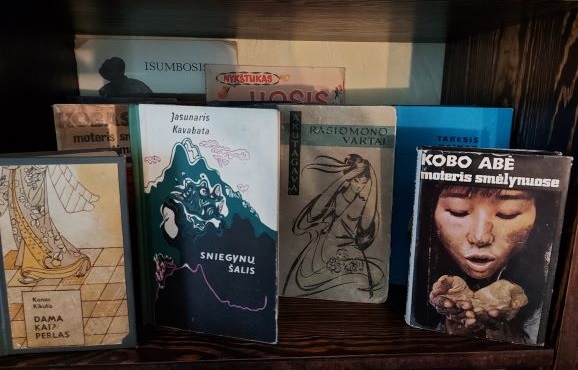
During the Soviet period, almost all Japanese literature works were translations via Russian, and special censorship permission was necessary for publication. There was an attempt to find pro-communist Japanese authors such as Takakura Teru (1891-1986). His “Song of a Pig” (lit. “Kiaulės dainelė”) was translated from the Russian language by Stasys Rudzevičius in 1954. More translations of Japanese fiction came out only after 1960, and the wave of less ideologized translations of R. Akutagava and Sh. Endo appeared. Later these translations were accompanied by the works of the representatives of the early modern literature (K. Abe, Y. Kawabata), postwar literature (T. Kaiko, K Oe), fiction and detective genre (S. Komatsu, R. Edogawa, S. Morimura), children literature (P. Ogawa, T. Inui).
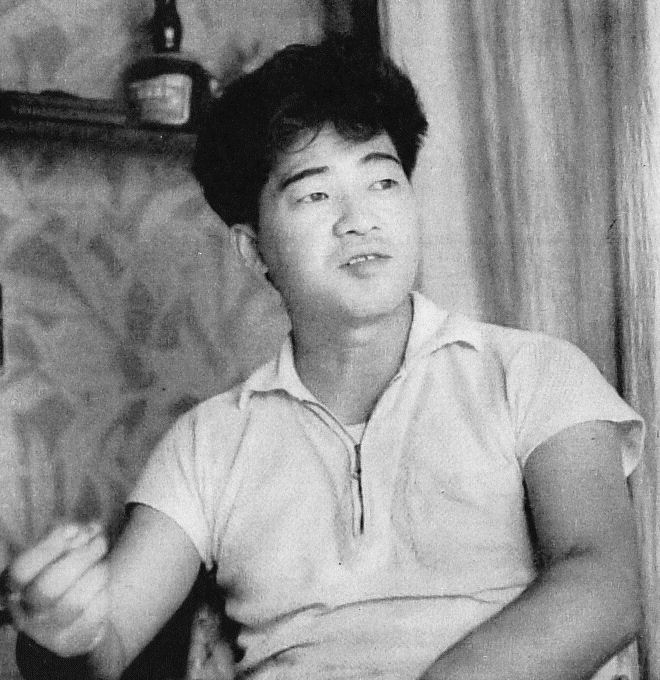
K. Abe was one of the most popular Japanese authors during the Soviet period. This modern author was famous for his surrealistic presentation of contemporary society while using nightmare elements, and he often was compared to F. Kafka. In 1964 “The Face of Another” (lit. “Svetimas veidas”) was published in Lithuanian, in 1962 – “The Woman in the Dunes” (lit. “Moteris smėlynuose”), in 1973 – “The Box Man” (lit. “Žmogus dėžė” translated by Dalia Lenkauskienė), 1991 – “Kangaroo Notebook” (lit. “Kengūros sąsiuvinys” translated by Galina Baužytė-Čepinskienė).
("The Mainichi Graphic, 1 September 1954 issue" published by The Mainichi Newspapers Co.,Ltd.)
The Japanese fairy tales and books for children form a significant part of translated Japanese literature. It can be said that the history of translated Japanese literature started with fairy tales. In 1907 Saliamonas Banaitis translated seven popular Japanese fairy tales from Russian. However, there are many inaccuracies in these translations. Collections of the Japanese fairy tales were published in Lithuanian more than once. Collection “The Snake’s Eyes” (lit. “Gyvatės akys”) published in 1968, collection “Issun-boshi” (lit. “Nykštukas Hosis”) translated by A. Ališauskas published in 1976, “The Great Book of Japanese Tales and Legends” (lit. “Didžioji japonų pasakų ir legendų knyga”) in 1972, “Japanese Fairytales” (lit. “Japonų pasakos”) translated by V. Dumčius in 1999, “A Deer of Five Colors. Japanese Folktales” translated by D. Kugevičiūtė in 2012, “Hats of Buddha” (lit. “Budos skrybelės”) translated by K. Šešelgytė in 2014. Several Japanese authors were introduced to Lithuanian children: among them are N. Ogawa, who is known as Japanese Andersen, M. Matsutani, R. Nakagawa, T. Inui, and others.
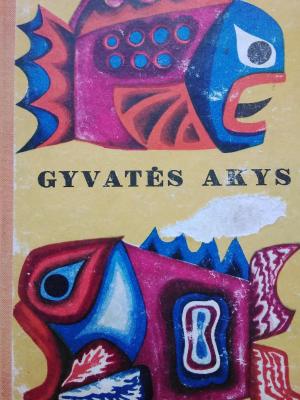

Works of famous Japanese authors of the first half of the 20th century, recognized as classical literature, have been translated since 1960. Lithuanian readers are familiar with popular novels written by Y. Kawabata (who won the Nobel Prize for Literature in 1968): “Snow Country” (lit. “Sniegynų šalis”), “Thousand Cranes” (lit. “Tūkstančiai gervių”), “The Sound of the Mountain” (lit. “Kalno aimana”). R. Akutagawa, the “father of the Japanese short story” is also popular among Lithuanian readers. His book “Rashomon” (lit. “Rašiomono vartai”) was published in 1965, “Kappa” (lit. “Vandenių šalyje”) – 2004. Also, translations of his short stories were published in newspapers. In addition, Lithuanian readers are familiar with the works of T. Arishima, K. Kikuchi, J. Tanizaki, O. Dazai.
A significant part of Japanese literature was represented by mystical and detective stories during the Soviet period. One of the founders of this type of literature in Japan was Edogawa Ranpo, and Lithuanian readers are familiar with his work “Beast in the Shadows” (lit. “Pabaisa tamsoje”, 1987). Also, this genre was represented by such authors as S. Komatsu, K. Kobayashi, S. Morimura, M. Kita, Sh. Hoshi, R. Mitsuse.
The trilogy “Ring” (lit. “Skambutis”, 2005-2007) and collection of short stories “Dark Water” (lit. “Tamsus vanduo”, 2005) by K. Suzuki and “The Devotion of Suspect X” (2014) by K. Higashino were published after the restoration of independence.

Arvydas Ališauskas
Arvydas Ališauskas is the first Japanese translator who translated literary works directly from the Japanese language in Lithuania. He has been introducing Japanese authors in Lithuanian since 1969. A. Ališauskas studied the Japanese language at Moscow State University. However, he could not visit Japan during the Soviet period. Instead, he put his language knowledge into practice by translating Japanese texts. Among his translations are works of R. Akutagawa, M. Ogawa, R. Nakagawa, M. Matsutani, and S. Hatanaka – eighth works in total. In 2012, he was the first Lithuanian who was awarded the Order of the Rising Sun for the merits in developing Lithuania-Japan relations.
(Azija LT archive)
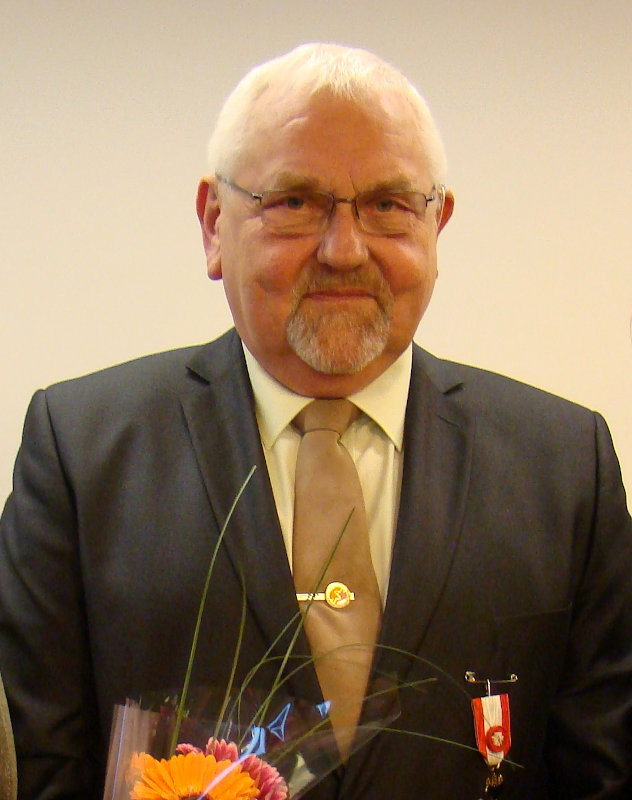
-
Born on the 23rd of June 1924 in Jurgiškiai (Alytus district)
-
In 1965, graduated from Kaunas Polytechnic Institue (KPI)
He qualified as a radio engineer. He upgraded various machinery gadgets and was interested in Japanese inventions. Thus, he decided to learn the Japanese language.
-
 In 1969, graduated from the Asian Languages Institute of Lomonosov Moscow State University (Japanese language specialty)
In 1969, graduated from the Asian Languages Institute of Lomonosov Moscow State University (Japanese language specialty)A. Ališauskas learned Japanese in Moscow and became the first Lithuanian who spoke Japanese fluently. He did technical translations and interpreted for delegations.
In 1969, translated the first short story “Kappa” by R. Akutagawa, which was published in the journal “Nemunas”. In total, 8 works of Japanese authors translated by A. Ališauskas were published: short stories, novels, novelettes.
(A.Savin / Wikimedia)
-
In 1979, finished his postgraduate studies in KPI, and was appointed as the chief research associate
Topic: “The System of Preparation and Usage of Managers in Japan”. He worked in the Education Institute for Management and Chief Specialists under the Council of Ministers of the Lithuanian Soviet Socialist Republic up to 1989. After the restoration of independence, he managed his own consultation company.
-
In 1994, started to teach the Japanese language at Vytautas Magnus University
After the restoration of independence, A. Ališauskas started to teach the Japanese language at Vytautas Magnus University, became a founder of Japanese studies in Kaunas, and brought up the first generation of Japanophiles. Also, he published more than 20 scientific papers regarding the Japanese language, management, Japanese way of thinking, and personnel management in Japanese companies.
-
In 1995, the first visit to Japan
During the internship of two months, he met Japanese entrepreneurs, researchers, cultural figures and completed a short study program for Japanese language teachers.
-
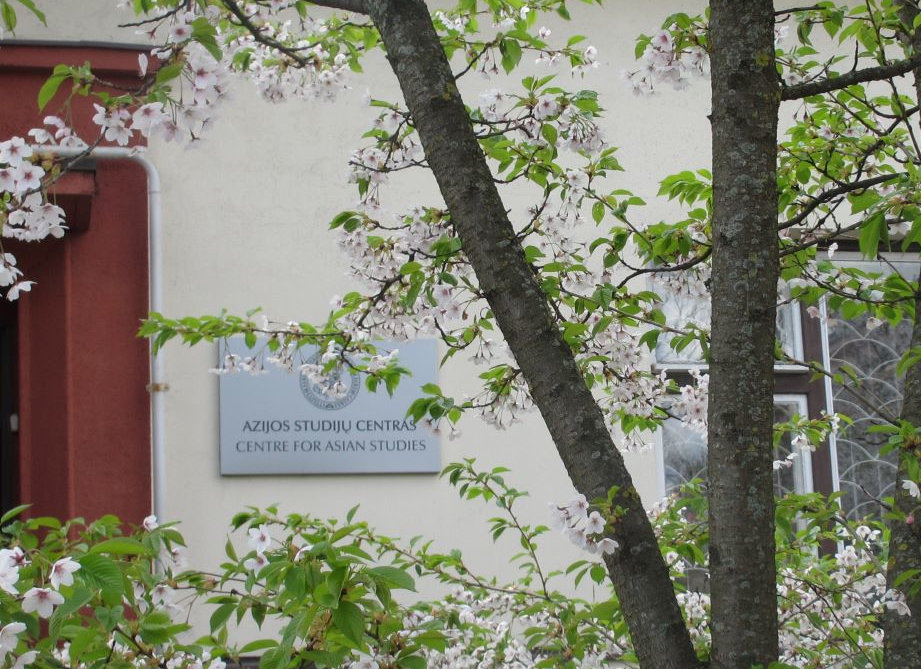 In 2001, Japanese Studies Center was established under the initiative of A. Ališauskas
In 2001, Japanese Studies Center was established under the initiative of A. AlišauskasThe Center moved to the second floor of the Sugihara House Museum. A. Ališauskas contributed to the popularity of the story of “Visas for Life", translated memories of Yukiko Sugihara (1913-2018), wife of Vice-consul Chiune Sugihara, into Lithuanian.
A. Ališauskas was teaching Japanese language, ethics of Japanese management, and ways of thinking at Vytautas Magnus University up to 2008. Later, the Japanese Studies Center expanded its activity and became the Center for Asian Studies.
(Azija LT archive)
-
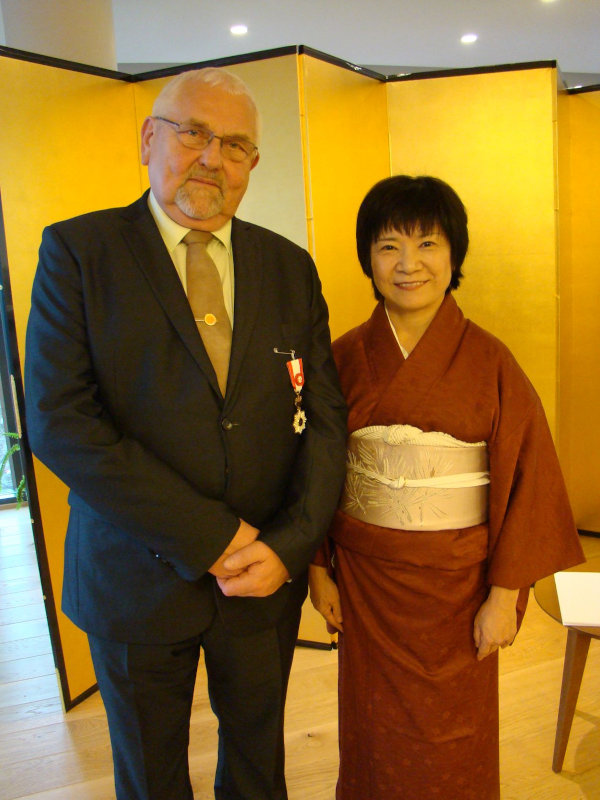 In 2012, received the Order of the Rising Sun for his merits in developing a relationship with Japan
In 2012, received the Order of the Rising Sun for his merits in developing a relationship with JapanHe was the first Lithuanian who received this Order.
(Azija LT archive)
Books translated by A. Ališauskas:
Japonija daug kam atrodo labai tolima, nesuvokiama, „nesuprantama“. Sakyčiau, lyg slypinti už stiklo sienos. Iš savo žemės tarsi jos nematome, japonai viską mato- visą pasaulį: stebi, analizuoja, vertina, be galo domisi. Mes turime tą „stiklą“ pakelti.– A. Ališauskas
Many people feel that Japan is very distant, inconceivable, “incomprehensible“. I would say that it looks like it is behind glass. It seems that we do not see it from our homeland, but Japanese people see everything – the whole world: they watch, analyze, estimate, and are very interested in everything. We have to move that “glass”.– A. Ališauskas
Translations of Japanese literature since 1990
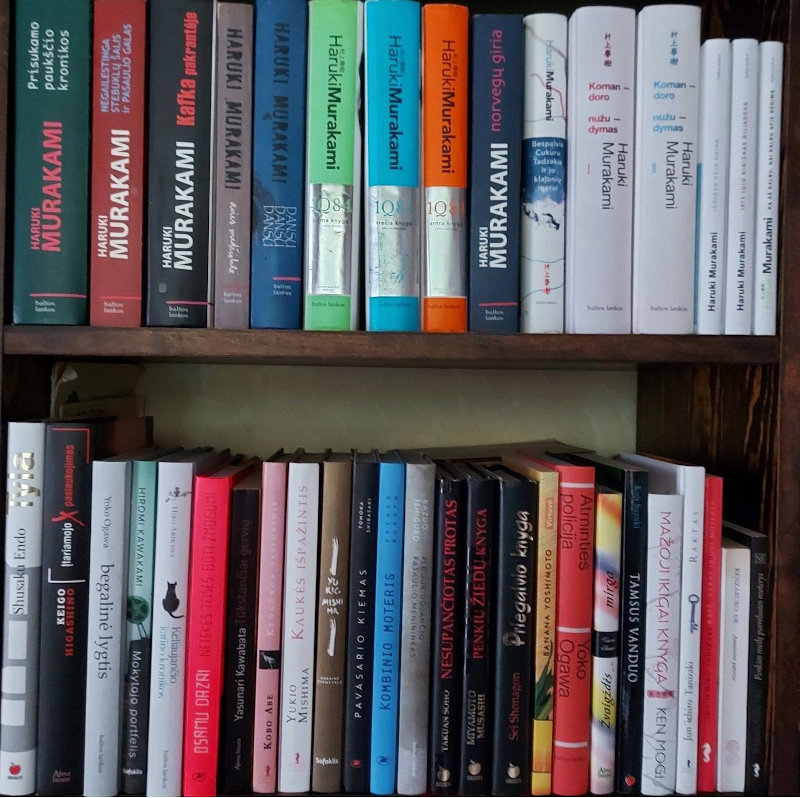
(Azija LT archive)
After the restoration of the independence of Lithuania, readers continued to get acquainted with Japanese literature. During the 1990s, translations via English became more popular than translations via Russian. With the rising generation of japanologists, more and more attempts occurred to translate directly from Japanese.
In the 1990s, a new generation of translators from Japanese grew up and was represented by D. Švambarytė, V. Dumčius, and G. Čepulionytė. At the beginning of the 21st century even more Lithuanians gained fluency in Japanese. Most of them were the graduates of the Center of Oriental Studies (Vilnius University), such as V. Devėnaitė, I. Susnytė, J. Polonskaitė (Ignotienė), I. Baronina, G. Enciūtė and others. D. Kugevičiūtė, K. Šešelgytė, M. Kriaučiūnas also translate the Japanese texts.
To compare with the Soviet period, a broader spectrum of authors and genres represent Japanese literature at the period of independent Lithuania. Works of authors from old (up to the 19th century), pre-war and post-war periods were translated; also, different genres were translated too. Translated works of H. Marukami are the most popular ones.
The Japanese literature, which had been written until the middle of the 19th century, was presented rather sporadically to the Lithuanian reader, and translations were done through intermediate languages (Russian, English). “The Pillow Book” (lit. “Priegalvio knyga” 2007, 2021) by Sei Shonagon – a representation of the old culture of aristocrats and court culture; “The Unfettered Mind” (lit. “Nesupančiotas protas” 2007) by Takuan Soho – a religious-philosophical work; “The Book of Five Rings” (lit. “Penkių žiedų knyga” 2007) by Miyamoto Musashi and “Hagakure” (lit. “Hagakurė” 2006) by Tsunetomo Yamamoto describe the culture and philosophy of samurais of the middle ages. The novel of Ihara Saikaku “Five Women Who Loved Love” (lit. “Penkios meilę pamilusios moterys”) introduces the urban culture of the 17th century.

Only several books from this period are translated directly from Japanese: Japanese mythological texts “Kojiki” (translated by G. Čepulionytė in 2002) and fragments of “The Tale of Genji” (lit. “Sakmė apie princą Gendži” translated by D. Švambarytė in 2006). Also, D. Švambarytė translated several pieces by Japanese classical theater philosophers and playwrights (Zeami Motokiyo, Takeda Izumo, Konpara Zenchiku, and others).

After the Second World War, a new generation of Japanese writers emerged, and they represented a different culture compared to writers of the beginning of the century. During the Soviet period, Lithuanian reader was already familiar with such authors as S. Matsumoto, Sh. Endo, K. Oe, T. Kaiko. However, the boom of post-war Japanese literature translations began at the beginning of the 21st century. The most famous author of this generation is Haruki Murakami. However, the following authors are introduced to Lithuanian readers too: Banana Yoshimoto, Y. Mishima, S. Murata, H. Arikawa, Y. Ogawa, H. Kawakami, T. Shibasaki. Readers got a chance to get acquainted once again with the works of Sh. Endo (“Silence”, lit. “Tyla” 2008) and K. Oe (“A Personal Matter”, lit. “Asmeninė patirtis” 2001).
Haruki Murakami is the most famous Japanese writer in the world and Lithuania. The writer made his debut in Lithuania with the novel “A Wild Sheep Chase” in 2003. Since then, translation of sometimes even several of his works appear every year and some are re-published. Up until 2021, 23 of Murakami's books were translated into Lithuanian.

His early works were translated from English. However, since 2005 they have been translated directly from Japanese. The most active translators of this author are Ieva Susnytė, Jurgita Polonskaitė (Ignotienė), Gabija Čepulionytė (Žukauskienė).
In addition to fiction, professional literature, and books about lifestyle, are translated from Japanese. The oldest example is “The Evolution of My World” by philosopher K. Yanagida published in 1960. Works about life meaning, zen philosophy, education and art, housekeeping have been appearing since 2006.


Literature of the Japanese diaspora is also translated into Lithuanian. Some of these authors preserved their Japanese names, but they do not consider themselves Japanese. They identify themselves as British or Americans and write in English. However, elements of Japanese culture appear in their literature. The most famous is K. Ishiguro, who was awarded the Nobel Prize for Literature in 2017, and four of his books are translated into Lithuanian. Among translated diaspora authors are also Americans J. Otsuka, R. Ozeki, and H. Yanagihara.
Translations of Japanese poetry
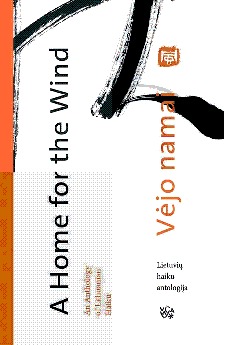
It is considered that the first attempt to translate Japanese poetry happened in 1920. Balys Sruoga translated from the Russian language 12 Japanese tankas. During the interwar period, the poetry was translated by Julijus Nabiulis, while during the Soviet period, by Sigitas Geda, Jonas Jakštas, Vytautas Karalius, Kostas Korsakas, Vladas Baltuškevičius, and others. After the restoration of independence, the collections of translated poems were published in 1991, 1992, and 1999.
The most significant poetry translator from the Japanese language is Vytautas Dumčius.
(Azija LT archive)
Vytautas Dumčius
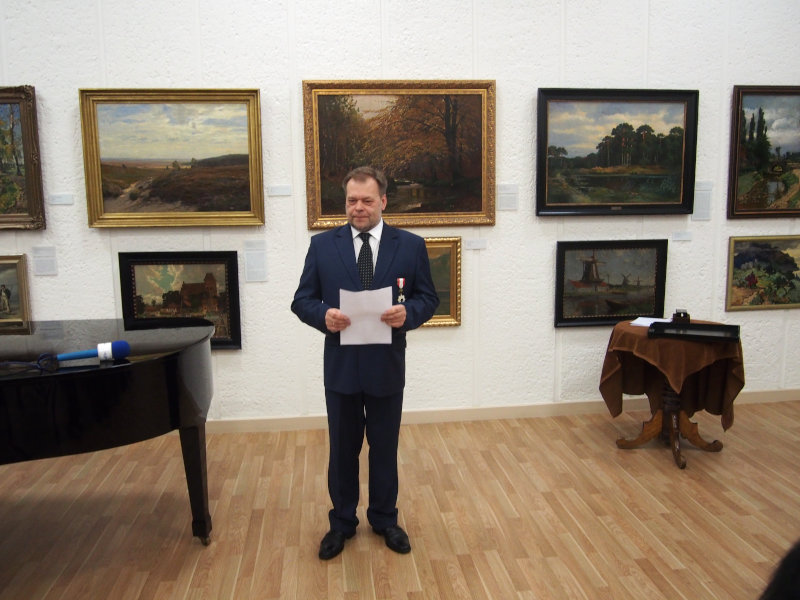
(Japan's Embassy in Lithuania archive)
V. Dumčius became the first Lithuanian translator of classical Japanese poetry directly from Japanese. He translated a collection of classical poetry written by Hyakunin Isshu, as well as many tanka and haiku. Thanks to him, the charm of haiku spread among Lithuanians. In addition, V. Dumčius played a significant role in popularizing haiku and its traditions in the country – he contributed to the organization of national haiku competitions and thus expanded the community of various generations interested in haiku throughout Lithuania. For his merits in 2016, the Japanese government awarded him the Order of the Rising Sun.
Artūras Šilanskas
Philologist, diplomat, a fan of Japanese culture, especially of haiku and senryu poetry. He compiled haiku anthologies of Lithuanian authors “A Home for the Wind” (lit. “Vėjo namai” 2009) and “Blade of the Wind” (“Vėjo ašmenys” 2019) and published his haiku and senryu book “The Waning Moon” (lit. “Dylantis mėnuo” 2016). He writes haiku in three languages – Lithuanian, English, and Russian and publishes his works in international online publications. Also, he won several international competitions.
(Azija LT archive)
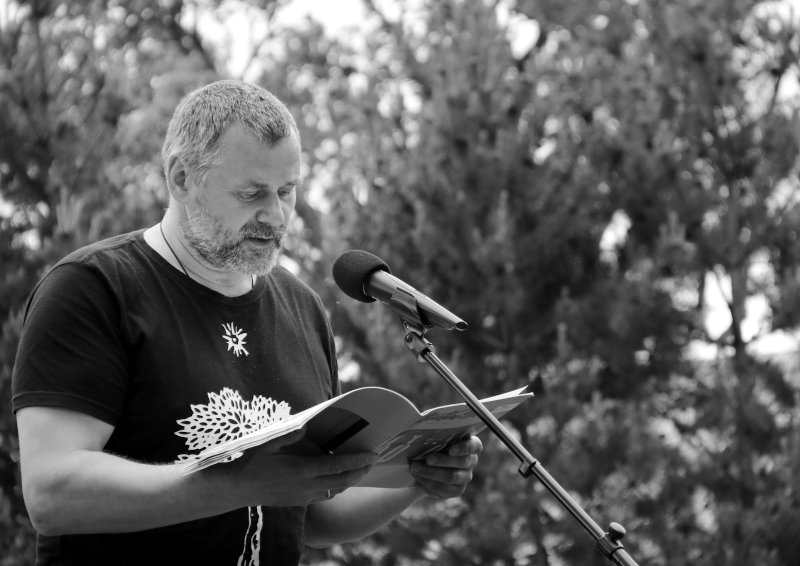
Bibliography
Books
- Neimantas, Romualdas. 1988. Rytai ir Lietuva. Vilnius: Mintis.
- Neimantas, Romualdas. 2003. Nuo Nemuno iki Fudzijamos. Kaunas: Spindulys.
Articles:
- Andrijauskas, Antanas. 2012. Orientalistikos atgimimas Lietuvoje (1977–1992): orientalizmo transformacijos į orientalistiką pradžia. Rytų Azijos studijos Lietuvoje (sud. Aurelijus Zykas). Kaunas: Vytauto Didžiojo Universiteto leidykla, p. 19-54.
- Koma, Kyoko. 2012. Exoticism, or a Device Reflecting Self-Identity? The Role of Japanese Novels Translated into Lithuanian. Rytų Azijos studijos Lietuvoje (sud. Aurelijus Zykas). Kaunas: Vytauto Didžiojo Universiteto leidykla, p. 103-114.
- Polonskaitė, Jurgita. 2014. Šiuolaikinės japonų literatūros vardai Lietuvoje.
- Žukauskienė-Čepulionytė, Gabija. 2001. Dešimties metų Lietuvos ir Japonijos kultūros ryšių apžvalga. Mokslas ir gyvenimas, spalis.
- Andrijauskas, Antanas. 2004. Istoriniai lietuviškosios Rytų recepcijos ir orientalizmo pokyčiai. Kultūros, filosofijos ir meno profiliai (rytai-vakarai-Lietuva). Vilnius: Kultūros, filosofijos ir meno institutas, p. 422-436.
- Tumasonytė, Jurga. Gabija Čepulionytė: „Esu klasikinės Japonijos gerbėja“. Lietuvos leidėjų asociacija.

